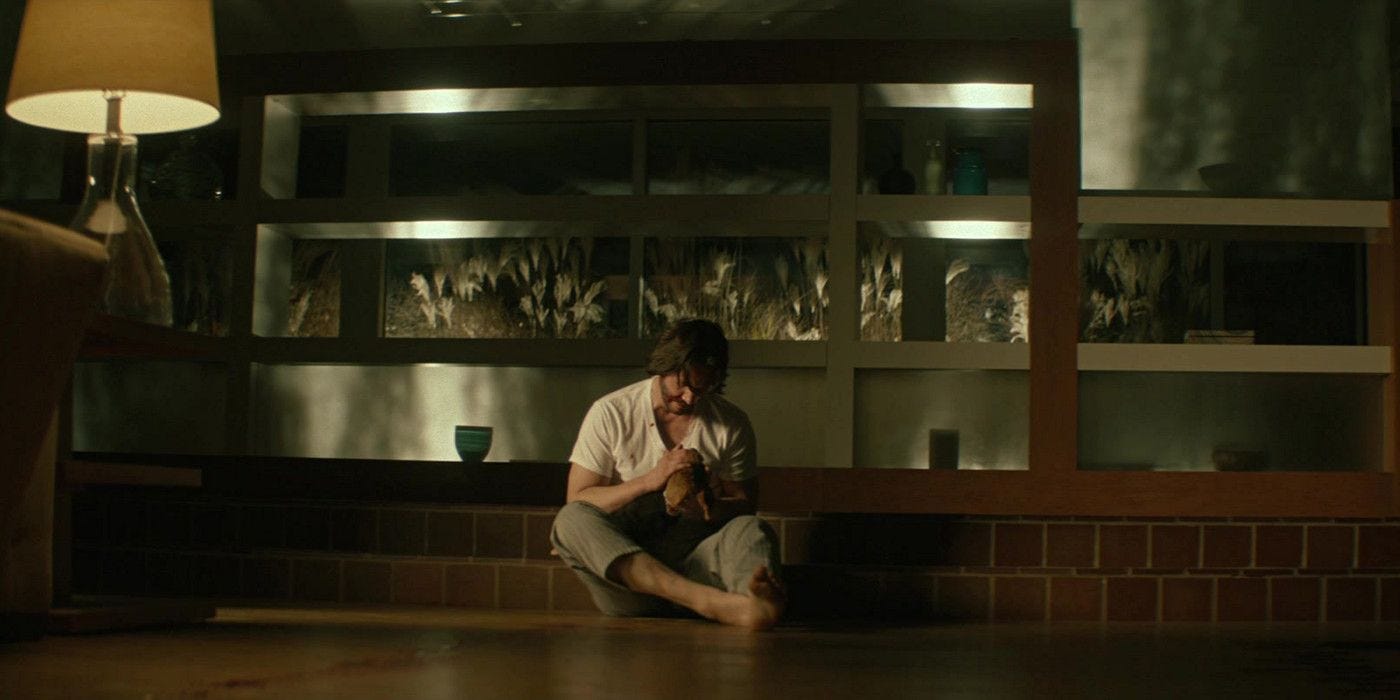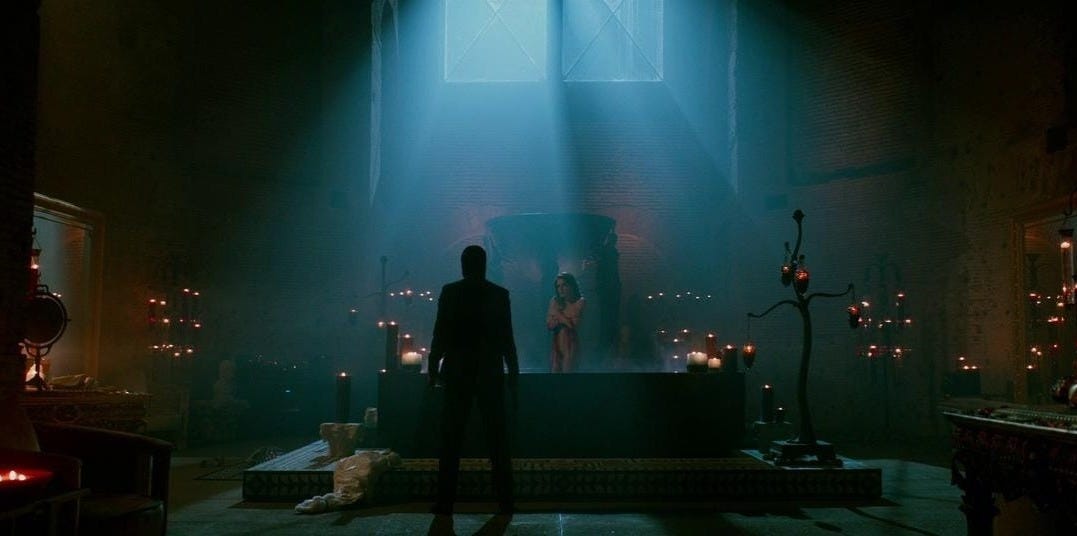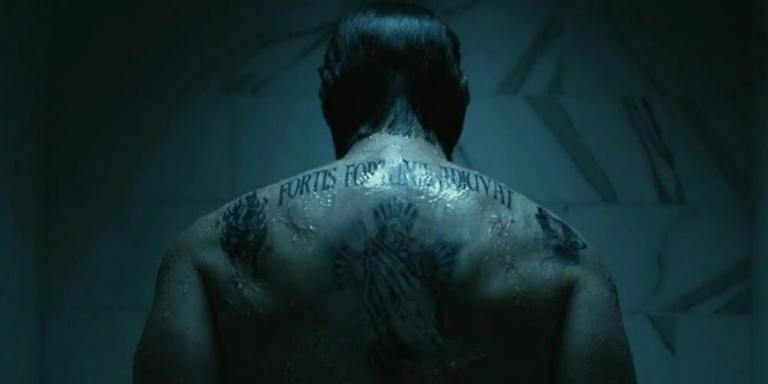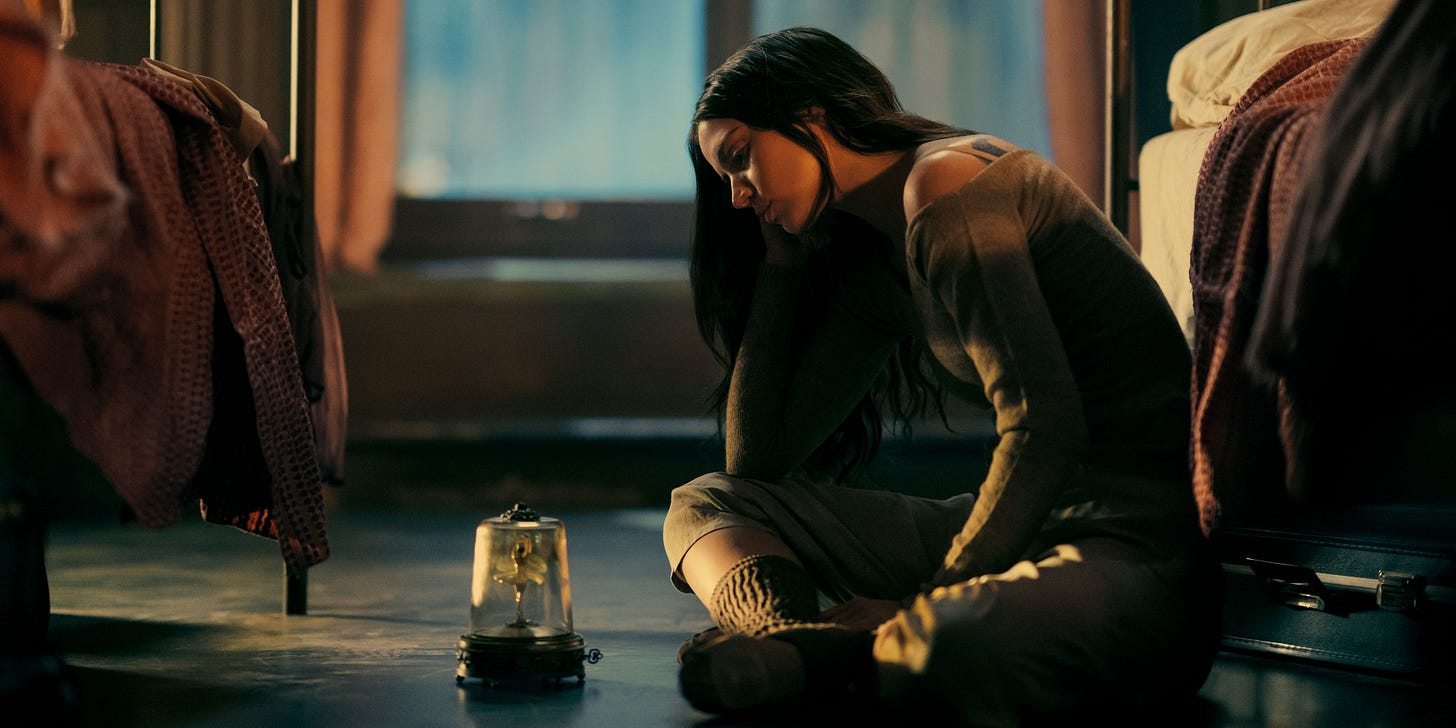One of my favorite posts on what it means to be both a feminist and a consumer of media is from a Critical Media Review post about The Muppets movie:
Being a feminist and a film critic involves a curious process of mental ball-hopping that many of you may be familiar with. When I see a film I have two choices. I can stop being a feminist for the duration of the film, and accept that I’m just going to enter a world in which feminism has no meaning or relevance. This involves marginalizing myself, and my fellow 52% of the population, and leaving aside my own very deeply-held political and moral views. It also involves pretending that feminism is actually a marginal politics, a casual set of fringe positions taken Just To Be Awkward, When It Suits You rather than what it is, among other things: a daily practice, a structure of political principle, and most importantly of all, a rigorous stripping-away of culturally-determined assumptions about what it means to be a woman, or indeed a man.
It articulates so well the tension between simply enjoying an extremely popular film and knowingly entering a space where I have to abandon my politics. You can choose to close your eyes and let the red flags pass, or sit upright and catalog every single one. And if you speak up about those flags, you risk being the person who “makes everything political”.
Going into the universe of John Wick, I was, understandably, nervous. I, like this writer, cannot “turn off” my feminism when consuming any media, nor do I think I should have to. And I tend to steer clear of hyper-masculine action movies because they’re usually the exact media that feminist critique is built to interrogate. These are not just “masculine” films, but narratives constructed entirely around the symbolic use of women to make men feel things—feel pain, feel rage, feel like a hero.
I went into John Wick—the most clearly violent, “masculine” film I’d seen in years—expecting to compromise. But I’m surprised to say that I didn’t have to.
I’ve always loved that what sets Wick off on his journey is the murder of his dog.
His wife is dead before the movie even begins. She has a quiet, off-screen death from an illness. There is no brutal murder, no tragic deathbed speech that inspires the protagonist on his journey. She simply leaves her husband a dog, Daisy, who acts not as a placeholder for her, but a symbol of her continuing care.
The action genre is one that so often relies on dead wives, or murdered girlfriends, or violated daughters to inspire men down a righteous path of justice. They signify that the only way for a man to become human is through being loved by a woman. And that his ability to feel is most valid when triggered by the loss of the woman who loves him.
But Wick’s devastation is not about romantic loss, but the destruction of something he was asked to nurture. Daisy is someone he has been entrusted to care and love, to be gentle with. Rather than romantic loss, it is this responsibility that the film treats as precious. Wick becomes a man defined by his own capacity to love, not to simply possess or protect in the traditional masculine sense. He must care for something simply because it is alive and needs care (some may even say: in a traditional feminine sense).
This is not the masculinity that most action films are interested in. Even “soft” male characters are softened through a woman’s presence. But Wick’s emotional center exists without that female witness.
The story beginning with care rather than conquest sets the tone for the entire universe.
To say John Wick has “too few” prominent female characters misses the point entirely. What these films suggest—though I’m not sure how intentional it was—is that the absence of women from a narrative is not always a failure of representation. In some cases, it can be a deliberate refusal to participate in the patriarchal logic that demands their objectification. Dworkin wrote extensively about the ways in which women’s bodies are sites of symbolic and literal violence. In her analysis of pornography, she was not only concerned with sex, but in describing the deeper, structural power built on the domination and conquest of women into vessels for male meaning.
The hyper-masculine film genre still relies on this structure. The presence of women—however “empowered” they are—is still defined by male viewer’s pleasure or pain. It’s not about whether women are present or absent, objectified or weaponized. It’s about whether the story requires them to complete the male protagonist’s arc. And most do.
But John Wick doesn’t. It refuses to place women’s bodies as sites of male heroism. Helen Wick is absent not in the way of a woman erased but in the way she is elevated as an unspoken and unsexed memory pushing Wick forward. He never saves a “damsel in distress”. He never pauses in his quest for vengeance for a brief romantic escapade. John Wick—and I say this with complete awareness of the irony—beats up men and women in the exact same way. He’s not pulling his punches.
It reminds me of the cultural phenomenon of how gay male porn appeals to women. When women are absent, so are the tropes that usually degrade and oppress them. There’s no need to worry about whether a female character is disempowered or exploited, because the usual tropes simply aren’t there.
Gianna D’Antonio’s death is the only moment that one could argue leans into the “beautiful-dead-women” trope. Her slowly bleeding out completely naked in a candlelit bathtub has been read by feminist critics as stylized misogyny. But this reading, while compelling and logical in its own right, flattens what the scene doesn’t do. Gianna is not “fridged”, nor punished for her femininity, nor is the scene inherently sexual to arouse the viewer. Her death—slitting her wrists before Wick can kill her—is entirely on her own terms. And crucially, John must bear witness in solemnity and understanding.
In a film universe defined by contractual violence, her death is one of the few scenes not driven by overt brutality. Gianna reclaims control by removing herself from the narrative on her own terms, opting out of a system where her body would otherwise be used for someone else’s honor or vengeance. I see her death as a refusal to be killed in the logic of the system, not one eroticizing or sexualizing her.
John Wick is a world built on force without fetish. In contrast to what Dworkin once called the “essential sexuality of male power”, Wick’s violence is stripped of erotic logic. The women who appear on-screen wield violence and agency on their own terms that are unattached from the usual frameworks that make them vulnerable to objectification.
The John Wick universe operates on a system of unyielding rules and codes. Blood oaths, gold coins, and honor make up the very fabric of every character’s decisions. This is a world built on morality and obligation that has no time for romance or desire. It’s a rigorously asexual world, where emotions are subordinate to duty. And female characters are not sexual deviations from this order but full and willing participants of the same brutal code.
What strikes me most is how deeply this focus shapes the entire structure of the films. The world-building is intricate, almost baroque, layered with sacred spaces and consecrated grounds. All players, even while they betray one another, respect their holy grounds and the rules of the High Table. It’s a universe where the extremes of loyalty and violence coexist under strict regulations that no one is exempt from—not men, not women.
When Ms. Perkins conducts business on Continental grounds, she is killed. When Wick does the same, he is declared excommunicado and becomes a multi-million dollar Contract. And though you can argue that Wick is given grace that Perkins is not, Winston is later punished by the High Table for the one hour head start he gives him. Then The Director is punished for giving him passage to Casablanca. And The Bowery King is punished for giving him the gun that would kill Santino.
Men and women, ultimately, face the same rules and consequences.
There is no room for romance here. This isn’t just because Wick himself is stoic and emotionally reserved. But because emotion, like any other element in this world, must serve the larger mission or be discarded.
This refusal to sentimentalize extends beyond the narrative and into the visual language of the films. There are no sex scenes, no frames lingering on a woman’s legs, no lipstick-stained cigarette smoking scene. The aesthetic itself is cold and efficient. Every player of the game moves with a singular purpose, lacking hunger, desire, or distraction.
This is why John Wick succeeds where most hyper-masculine action films falter. It operates outside of heterosexuality as a structuring force. Wick himself does not need to be seen ‘wanting’ to appear vulnerable or human. The energy of the films is profoundly asexual. And that gives it a clarity and purity of intent that is stripped of all unnecessary embellishment.
I know I should probably mention Ballerina. It would feel incomplete to talk about feminism in the John Wick universe without acknowledging the one film where a woman gets more than 20 minutes of screen-time. But I’m not going to. Because I’m less interested in discussing “girlboss” movies that clearly advertise empowerment and am more compelled to analyze the quiet subversions of the original four films. The John Wick films never claim to be feminist. And that’s exactly why they’re worth being read as such.
(Since I likely won’t be posting a review of Ballerina, I recommend reading Cinephile and the City’s review of the film (and Elio!), which articulates my opinions on the movie pretty well!)
And so, I’ll leave you with a final quote from my favorite feminist examination of The Muppets: “Once you see not just how the world works, but how all of our cultural artefacts either tacitly or explicitly reinforce the subordination of women, you just can’t un-see it, though sometimes you wish you could. And that is also why I will just have to continue being That Asshole At The Cinema.”









I am so glad you decided to write this! I’m not a huge fan of the Wick universe but I have seen all the movies and I certainly appreciate the feminist undertones of this franchise.
You definitely exceeded my expectations! I really loved your takes on this action saga. I'd never watched it, but I planned to this summer, as it surprised me that Ana de Armas was cast for the spin-off. She's having a successful Hollywood career and doing better than many European actresses overseas, which is very interesting to me because she first migrated to Spain, and her career didn’t seem promising then. Since I was unfamiliar with the John Wick universe, I really needed some motivation to watch it, as I'm not a fan of movies with persecutions and gunshots. I'm so happy Substack showed me your hesitation note on whether to post this text or not, and I'm so happy you finally did!